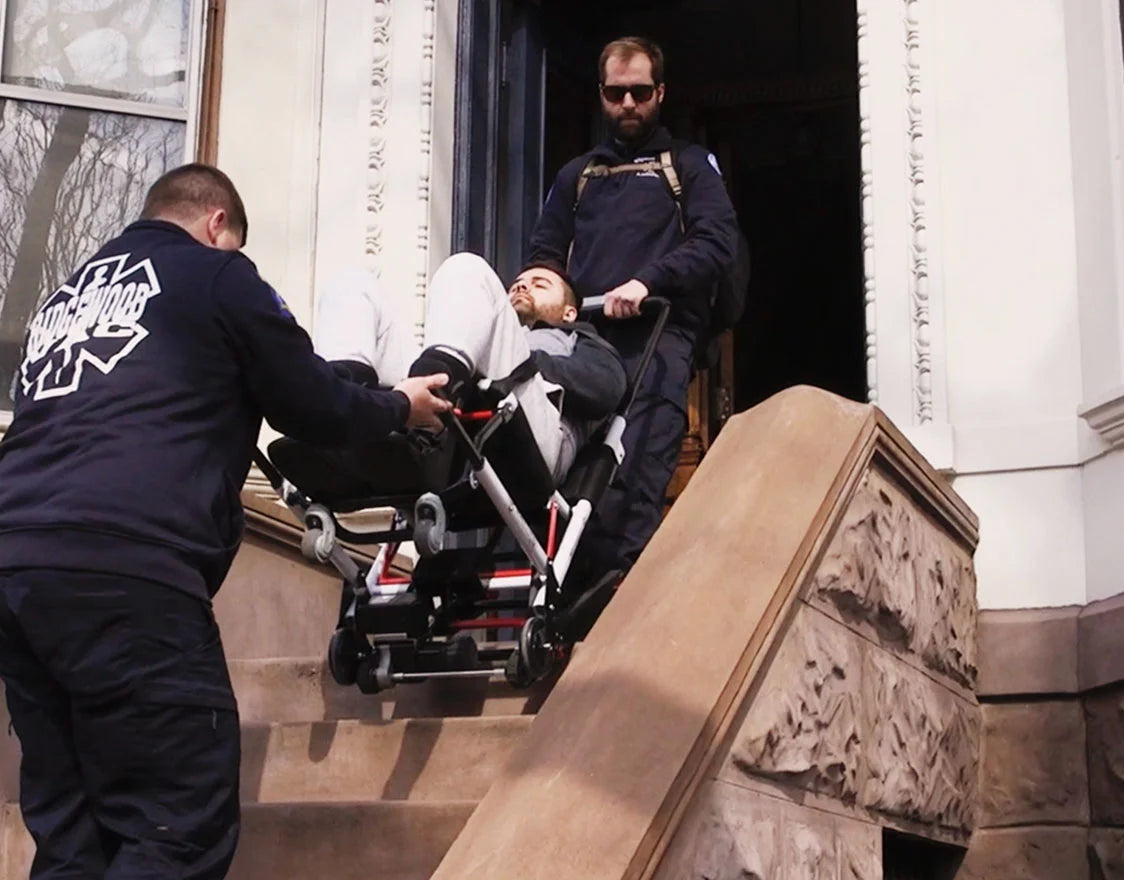All You Need to Know When Choosing an Evacuation Chair for Stairs
Whether you’re working as a First Responder or a caregiver, or help a loved one with mobility impairment around the home — emergency evacuation equipment is an essential part of your inventory. When a crisis strikes an emergency evacuation chair can help someone with a mobility impairment traverse stairs quickly, safely and easily. Thankfully, they’re also designed to minimize the risk of back strain or physical injury on the transporter — a godsend if you’re a First Responder using them multiple times per day. In this guide, we share everything you need to know about evacuation chairs: from unpacking why you’d need one even if you have a fixed or mobile stairlift, to tips that help you purchase a high quality model that’s value for your money.
Why a Regular Fixed Stair Lift Won’t Work in an Emergency
While a permanent or mobile stairlift is an excellent way for someone with a mobility impairment to traverse stairs on a daily basis, they’re not designed to function under the pressures of emergency situations. It’s easy to think that a mobile stairlift could double as your emergency evacuation chair, but here are 3 reasons it shouldn’t:
Get more on this topic in ‘Why You Need a Stairlift and an Evacuation Chair for Stairs’
Key Benefits of an Emergency Evacuation Chair
We’ve touched on 3 important reasons to invest in a specialized evacuation chair for stairs. However, there are plenty more benefits to having this piece of equipment on hand as part of your emergency stair evacuation procedures for people with disabilities. Here are our top reasons for recommending them over other evacuation alternatives:
-

Versatile during emergencies
With an evacuation chair on hand, you can easily move someone all the way from the top floor to the car or ambulance. There's no need for time-consuming or risky transfers en route.
-

Suitable for most staircases
Evacuation chairs are built to be safe, but compact. You’ll not have to wonder if you’ve got a wheelchair-friendly fire escape — they’re built to navigate almost every staircase. Say goodbye to awkward turns on tight landings or risky descents on steep stairs!
-

Quick and easy to deploy
Evacuation chairs are light enough to carry upstairs quickly while folded, and they’re easy to deploy. You also won’t need extensive emergency evacuation training before you can use one safely.
-

Reduces strain on transporters
Well-designed evacuation chairs evenly distribute their weight between two transporters. Some, like the Mobile Stairlift range, also come with a rubber track system that further lightens the load and reduces risk of transporter injury.
-

Easy to store
Evacuation chairs are extremely portable. They’ll fold up neatly and easily for storage in a closet, ambulance or fire truck. You’ll have them on hand when they’re needed, but otherwise be out of your way.
-

Available for personal or professional use
Get the chair that’s perfect for your needs. Some, like the EZ Evacuation Chair, are designed for daily use by First Responders. Others, like the EZ LITE Evacuation Chair are perfect as part of a home’s emergency preparedness inventory — for occasional use only.
Do you have any further queries on which stairlift is right for you, or would like more information on the Mobile Stairlift?
How to Spot a High Quality Model
Whether you’re faced with daily crises as a First Responder, or just want a stand-by for once-off home use, whichever emergency evacuation chair you invest in has to be value for money. Keep your eye out for these 5 markers of quality to safeguard against a wasteful spend:
Still unsure? Get pro tips on choosing the best make and model for your needs in ‘How to Tell Which Evacuation Chair is Better.’
Factors Influencing Emergency Evacuation Chair Prices
Comparing evacuation chair makes and models is not a straightforward exercise. While they may look similar, they can differ vastly in price — and there's a good reason for that. Here are key factors affecting their prices:
The lowest price tag isn’t always the best buy, and sometimes investing a little more is the best way to guarantee your safety — as a passenger and as a transporter. We unpack these points in a little more depth in ‘Factors Affecting Emergency Chair Prices’, and share tips that help you zero in on what you’re looking for.
Regulations You Need to Know About
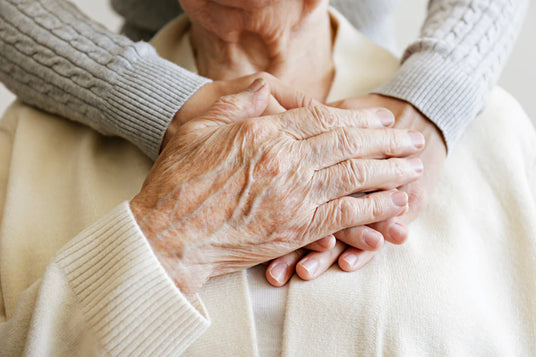
Because you may not intend to use your chair very often, it’s easy to forget that their use (and whether you need one at all) may be governed by evacuation chair legislation or regulations. Which regulations you’re subject to (if any) depends on multiple factors including:
- Whether the chair is intended for home or professional medical use
- Whether you’re planning to use the chair as equipment in a general emergency preparedness plan for a public space, such as a hotel or museum
- Which state you reside in and/or intend to use the chair in
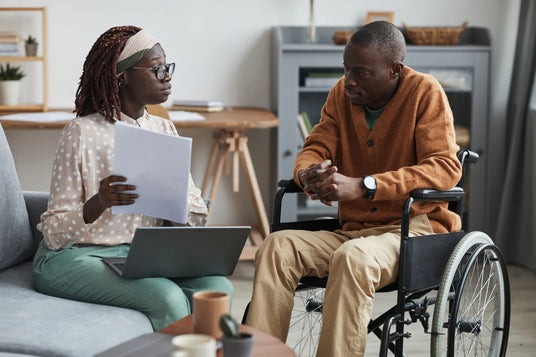
We can’t offer you legal advice but we strongly suggest you familiarize yourself with any possible laws and regulations that may affect your use of your chair, before you purchase. These could include:
- General emergency evacuation procedures, such as this guide by OSHA
- Guidelines specific to serving people with disabilities during an emergency, such as these guidelines from the US Department of Labor
- Regulations related specifically to evacuation equipment, such as the California Assembly Bill 3098 which requires all Residential Care Facilities for the Elderly in California to have an evacuation chair at each stairwell in case of emergency
Specs That Set the EZ Evacuation Chair Apart
Our FDA-Approved Mobile Stairlift range gives competitors like Stryker evacuation chairs stiff competition. Here’s what sets the EZ Evacuation Chair apart:
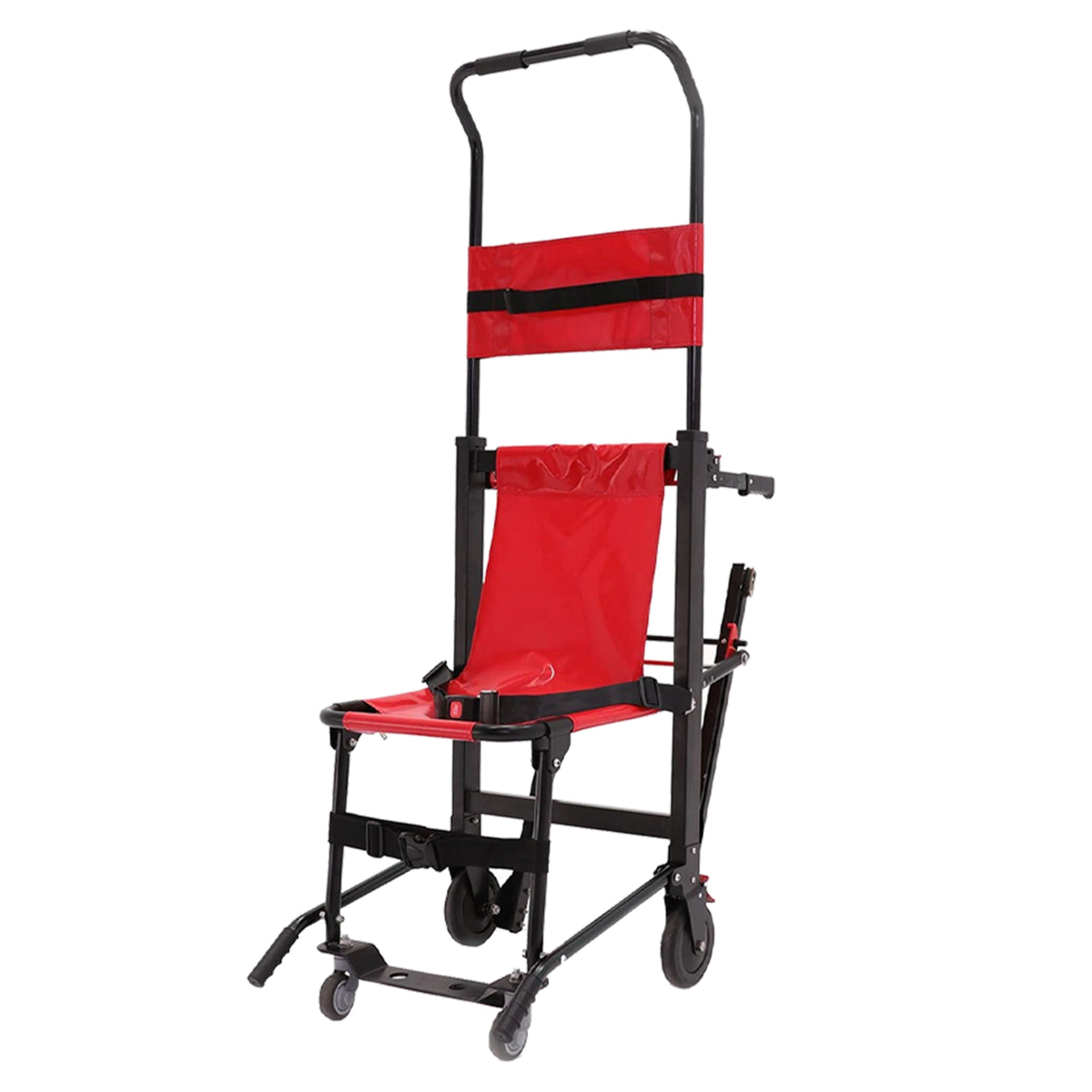
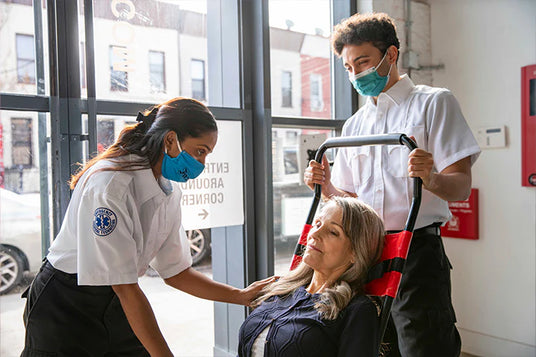
Mobile Stairlift also offers the following with every purchase:
- Warranty. Get a limited lifetime warranty on the frame and 6 months on replacement parts.
- 7-Day Money Back Guarantee. If you’re not 100% satisfied with your EZ Evacuation Chair, we’ll give you your money back, no questions asked.
- Flexible Financing. Buy now and pay later, interest free.

Prepare For The Worst, Hope For The Best
Order your FDA-Approved, quality guaranteed emergency evacuation chair now and take advantage of our discounted pricing offer.

